Counting Our Energy Blessings During This Season Of Hope
Authored by Gary Abernathy of the Empowerment Alliance via RealClearEnergy,
The Christmas season is upon us, a time of year when many of us reflect on the year that is drawing to a close and on the good times, the sad times, and the challenges ahead. It’s also a time of year when we count our blessings and express gratitude for any good things that have come our way.
While some may realize it more than others, all Americans should be grateful for one thing most of us tend to take for granted – light that appears in the rooms of our homes at the flick of a switch, heat that emanates through our floorboard vents or radiators by merely increasing the number on a dial or a digital pad, cars, SUVs and trucks that start with the turn of a key or the push of a button.
All these modern conveniences are made possible for even low-income Americans thanks to energy that is affordable and widely accessible.
In this increasingly diverse and often divided society in which we live, all Americans are united by access to low-cost, effective energy. We have been blessed for so long by affordable energy that we are sometimes in danger of taking it for granted.
But without the change in presidential administrations that happened last January – and with it the blessings of lowered inflation, a return to free-market principles and, especially, regulatory rollbacks (more on that shortly) – Americans could have been facing a much bleaker winter this Christmas season.
Under the Biden administration, inflation averaged nearly 5%, “hitting 9.1% during the worst inflation crisis in decades,” the White House recently pointed out. In the new Trump administration, inflation has dropped to an average of 2.7%, and “Americans have seen the first overall price decline since 2020.”
Even more impressively, the skyrocketing gas prices experienced under the Biden regime have thankfully been dramatically reversed. Americans “now see the lowest average gas price in more than four years and are on track to spend the lowest amount of their disposable income on gas in the last two decades.”
While energy costs remain relatively low compared to other rising costs, the Trump administration is working to tame electricity prices which began climbing in 2022 under the Biden administration.
One analysis showed that “from March 2022 to June 2025, average monthly energy bills rose from $196 to $265 – a 35 percent jump, or nearly three times overall inflation during that period.” Trump’s reversal of Biden subsidies and incentives that artificially propped up “alternatives” like wind and solar will begin to reap dividends in the coming months and years. The new administration’s fast-track permitting process for new exploration will supercharge our most abundant and reliable legacy resources, driving energy costs down.
But while politicians and pundits seem focused on “prices” as a measure of “affordability,” the long list of regulatory rollbacks in which the Trump administration has engaged will be the real catalyst leading to a more affordable life in the U.S.
Trump’s deregulatory efforts “are saving Americans a collective $180 billion — or $2,100 per family of four,” the White House notes. “For example, President Trump halted burdensome Biden-era efficiency standards that jacked up the price of everyday appliances.”
Earlier this month, in an announcement that did not get the attention it deserved, President Trump unveiled relaxed fuel economy standards “for the more than 15 million new cars and trucks sold in the country every year,” as the Detroit News reported.
“The plan, if finalized, would slash fuel economy requirements through the 2031 model year, to about a fleetwide average for light-duty vehicles of roughly 34.5 miles per gallon, down from roughly 50 miles per gallon under the current rules,” the story noted.
Administration officials rightfully said that “the new standards would increase consumers’ access to a wider range of affordable gas-powered vehicles and help hold down new car prices.”
“Today’s a victory of common sense and affordability,” said Jim Farley, CEO of Ford Motor Company, who joined Trump at that Oval Office announcement. It was great news for everyone who loves their dependable gas-powered cars, SUVs and trucks.
It’s impossible to overstate the scope of the catastrophe that has been averted by dismantling the disastrous energy policies of the previous administration. If the Biden-era subsidies, mandates and penalties had continued, Americans would likely be facing a much bleaker holiday season, not to mention the cold-weather months that follow for much of the country.
The gift of energy policies that promote affordability, accessibility and commonsense emission standards should be high on the wish list of every American family.
While this Christmas may be too soon upon us to expect delivery of such a present, passage of the Affordable, Reliable, Clean Energy Security act (ARC-ES) introduced in October by Rep. Troy Balderson (R-OH) would make the perfect gift from Congress and President Trump to all 340 million Americans in conjunction with America’s 250th birthday on July 4, 2026.
ARC-ES would codify low-cost, accessible energy into law, protecting energy security from the radical political whims of future far-left administrations. In this season of hope, wishing for such a gift in the next six months should not require a Christmas miracle – merely the will of our elected representatives in Washington to do the right thing.
“May your days be merry and bright,” Bing Crosby sings in “White Christmas” – merry because of the holiday, bright thanks to low-cost energy that is there when we need it. Merry Christmas and Happy New Year.
Gary Abernathy is a longtime newspaper editor, reporter and columnist. He was a contributing columnist for the Washington Post from 2017-2023 and a frequent guest analyst across numerous media platforms. He is a contributing columnist for The Empowerment Alliance, which advocates for realistic approaches to energy consumption and environmental conservation.
Tyler Durden Tue, 12/23/2025 - 18:25


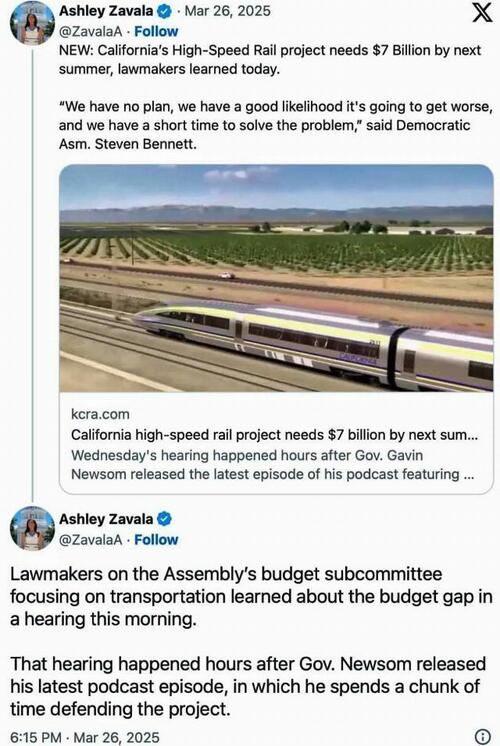
 Illustrative Air Force file image.
Illustrative Air Force file image.


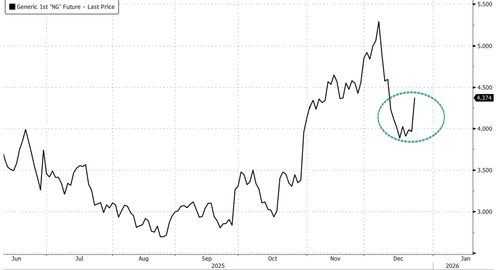






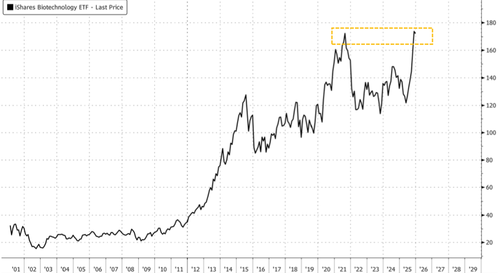

 [
[




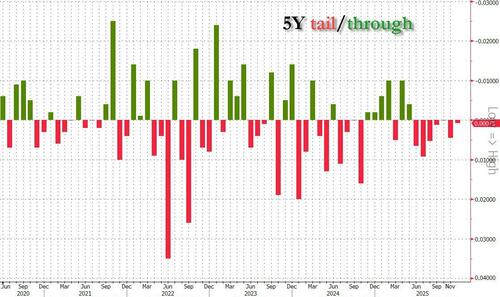

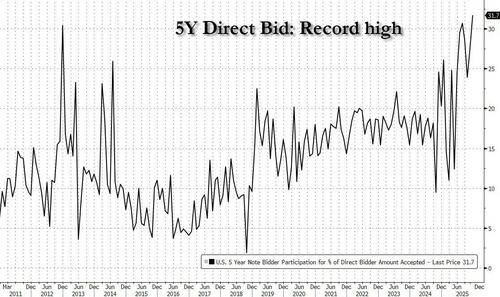




 House Speaker Mike Johnson (R-La.) at a press conference in Washington on Nov. 3, 2025. Madalina Kilroy/The Epoch Times
House Speaker Mike Johnson (R-La.) at a press conference in Washington on Nov. 3, 2025. Madalina Kilroy/The Epoch Times

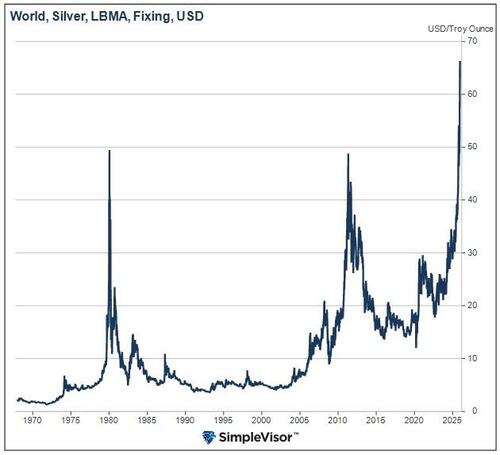
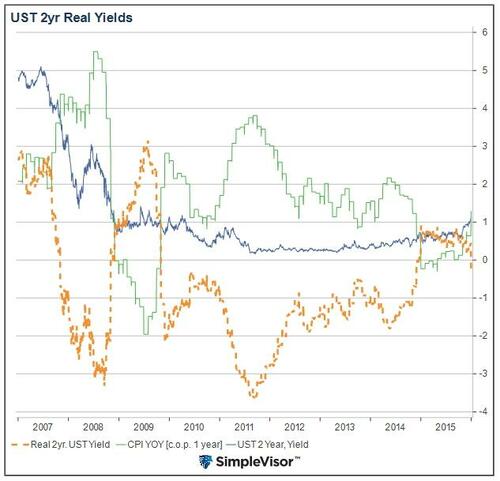
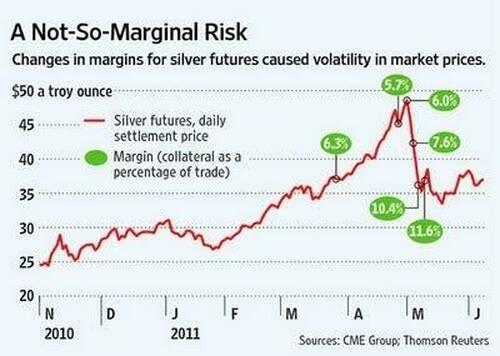
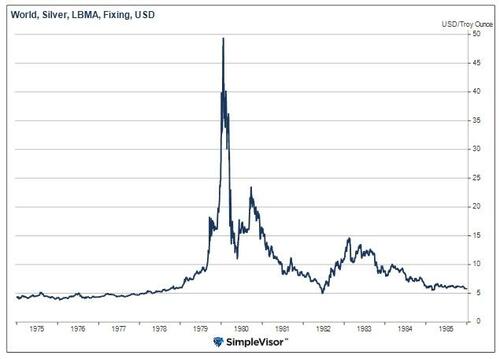


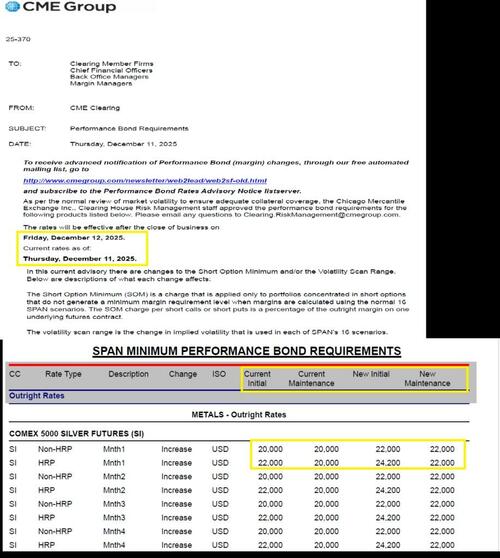
Recent comments